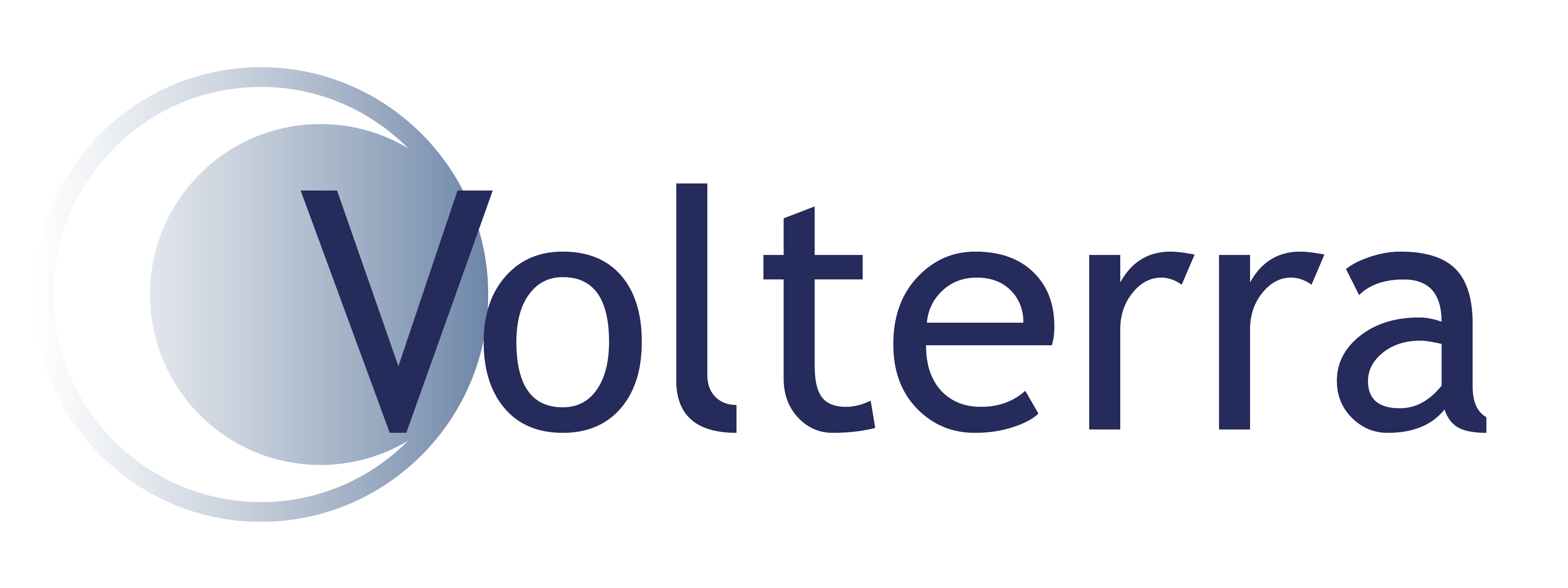There is a childlike excitement that comes from being offered something for free. Often regardless of whether you want or need something, if you are offered it at no cost, you take it. ‘Free’ is not just cheaper than say 1 or 2p, it has added value: the zero price effect.
Last year’s introduction of the 5p carrier bag charge has shown how this effect works. The charge exploits our irrational attachment to ‘free’, taking advantage of human behaviour to influence how we act – it is a nudge. Instead of accepting a bag out of habit and convenience, people are now forced to actively decide whether they need one. The government recently released statistics showing the number of carrier bags issued by supermarkets is down 83% since the introduction of the charge. That means we’ve been using around half a billion less carrier bags each month – a huge scale reduction.
Nudges have been effective across a number of other fields – from loft insulation to organ donation – but how might they be used to influence transport decisions? Many cities have attempted to encourage people out of their cars by using incentive schemes, e.g. paying commuters to cycle to work. These schemes have the potential to be of significant benefit both to those who cycle and receive payment and to those who continue to drive and experience less traffic congestion. However, they have had little success at mode shift. The same was true for a 1970s trial in Rome which attempted to reduce congestion by making public transport free (there was little change in car usage but a substantial increase in demand for public transport from those who would have otherwise walked!). People feel the effect of a loss more than that of an equivalent gain; a charge on car parking at work would be more effective than a subsidy on public transport fares.
To be effective, nudges should address what is stopping people taking the rational course of action in a situation. As with carrier bags, it is habit and convenience that leads us into our cars to make unconsidered, unnecessary journeys. With no upfront cost and petrol paid for in advance, the marginal cost is zero; each trip feels free. Could this be acting like the zero price effect? If it is, maybe it could be changed by displaying the cost of each journey on car dashboards, a smartphone app or even with UBER-style billing to email individuals the cost of each journey they have made. Taking inspiration from HSBC, this nudge could be strengthened by displaying the aggregate cost of a journey, for example, over a month.
Considering both operating and insurance costs (assuming some form of ‘Pay As You Drive’ policy) short trips cost 18p/km (28p/mile). This is partly due to the higher than average fuel consumption at the start of a journey, meaning driving to the local shop (a free 15 minute walk away) costs 46p per trip. Making people aware of this cost may help them rethink, or rather start to think about when they use their cars. Short trips like this (less than 2 miles in length) make up 23% of car journeys. If each person switched to walk/cycle one short journey a month, we’d not only save a collective £135m a year, but almost 900 deaths would be prevented due to the health benefits of walking. In environmental terms, it would prevent 70,000 tonnes of CO2 being released into the atmosphere – equivalent to the amount produced each year by roughly 14,000 households.
Our attachment to cars is something that is difficult to break, but if nudges are able to have a small effect on behaviour the impact could be substantial. While they might appear a simple concept, nudges must be carefully considered and targeted. Ideally, they should be opt out not opt in: people will put off signing up to an incentive scheme if this process is time consuming, just as they are likely to put off downloading an app which benefits them if it will also tell them something they don’t want to hear. The role of a nudge is, after all, to take advantage of human behaviour, which could be its very downfall if procrastination is allowed to get in the way.
Sophie Beevers is a Consultant at Volterra.
Image:Frau, graffiti by Sascha Kohlmann is licensed under CC BY 2.0

